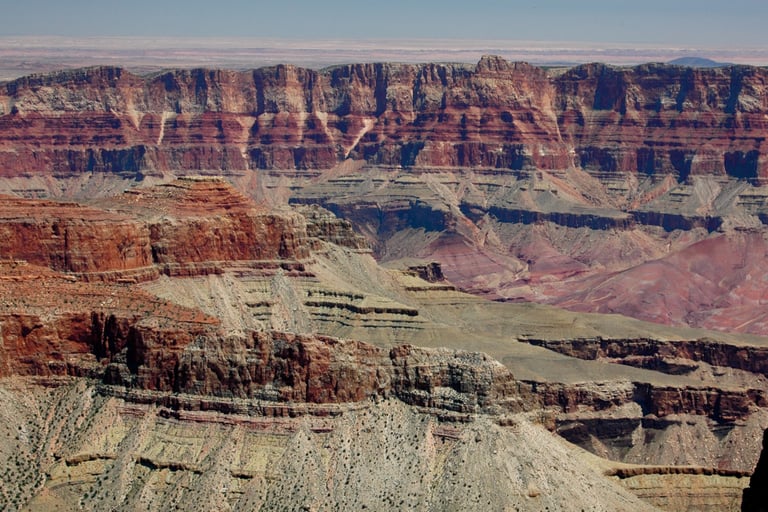Landscapes
To capture the best landscape photographs, prioritize finding good lighting, using a tripod, composing your shot with the "rule of thirds," including an interesting foreground element, shooting in RAW format, and utilizing a wide-angle lens to capture the full expanse of the scene; most importantly, pay attention to your composition and focus on capturing the scene's depth and interesting details.
Key points for landscape photography:
Lighting:
Seek out optimal lighting conditions like sunrise, sunset, or soft diffused light to enhance colors and details.
Tripod:
Use a tripod to ensure sharp images, especially when shooting in low-light situations or with slower shutter speeds.
Composition:
Apply the "rule of thirds" to create visually pleasing arrangements by placing key elements along imaginary gridlines.
Foreground interest:
Incorporate a prominent foreground element like a rock, tree, or body of water to add depth and visual appeal.
Wide-angle lens:
Utilize a wide-angle lens to capture a broader view of the landscape.
RAW format:
Shoot in RAW file format to retain maximum image data for post-processing adjustments.
Aperture:
Adjust your aperture to control depth of field, often using a smaller aperture (like f/11 to f/16) for sharp details throughout the scene.
Focus:
Carefully focus on your subject, considering the depth of the scene and the desired focus point.
More Tips


· White balance: Auto or Kelvin 5000-6000. Auto white balance is a good option, or you can use a Kelvin setting of 5000–6000 for a slight warmth.
· ISO: 100 or the lowest possible. A higher ISO setting requires a faster shutter speed to properly expose the image.
· Shutter speed: 1/100 sec for freezing movement, or 1/3–2/3 sec for blurring water. The shutter speed you need depends on the scene and whether you want to freeze or blur movement.
· Focus mode: Aperture priority or manual focus. Aperture priority mode automatically adjusts the shutter speed to balance the sharpness of the foreground and background. Manual focus can be used if autofocus isn't sharp enough.
· Drive mode: Single shot